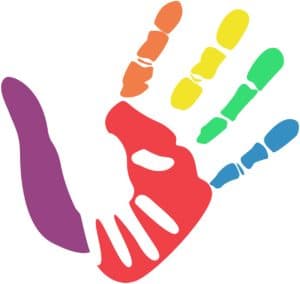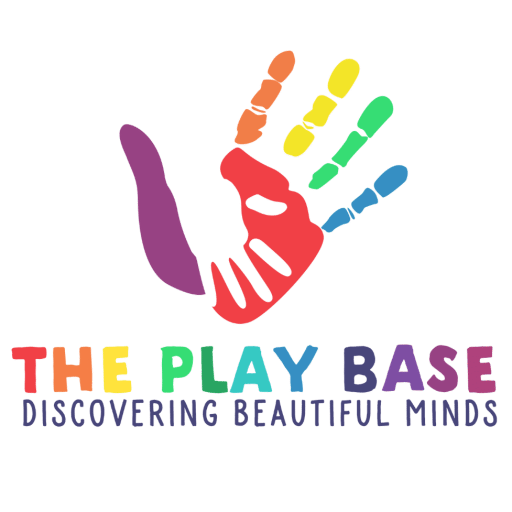ABA (Applied Behavior Analysis) therapy is a scientific approach to understanding and changing behavior. This therapy uses a variety of techniques to help improve social skills, communication, and learning through positive reinforcement. Whether you’re a parent, teacher, or practitioner, understanding these techniques can be incredibly beneficial. In this comprehensive guide to ABA therapy techniques, we’ll explore key strategies that have proven to be effective in behavioral improvement.
Positive Reinforcement
One of the essential techniques in ABA therapy is Positive Reinforcement. This method involves rewarding desired behaviors to encourage their recurrence. For example, if a child completes their homework on time, they might receive extra playtime as a reward. Over time, the child learns to associate completing homework with positive outcomes, making them more likely to repeat the behavior.
“Positive reinforcement is fundamental in ABA therapy. It helps build a strong connection between behavior and positive outcomes, making learning more enjoyable and effective for children,” says Frances Fishman, founder and owner of The Play Base.
Discrete Trial Training (DTT)
Another powerful technique is Discrete Trial Training (DTT). DTT breaks down skills into small, manageable steps and teaches them one at a time. Each trial consists of a clear instruction, a response from the child, and a consequence. This method is particularly effective for teaching new skills and behaviors, as it provides clear and consistent feedback.
“Discrete Trial Training is especially useful for teaching complex skills in a structured manner. By breaking tasks into smaller components, we can ensure that each step is mastered before moving on,” explains Frances Fishman.
Modeling
Modeling is another effective ABA strategy. It involves demonstrating the desired behavior so the child can observe and imitate it. For instance, if you’re teaching a child to greet others, you might model the behavior by saying, “Hello” and shaking hands. The child then has a clear example to follow, making it easier to learn and replicate the behavior.
“Modeling provides a visual and practical guide for children. They can see the behavior in action and understand what is expected of them, which is especially helpful for social skills development,” says Fishman.
Natural Environment Training (NET)
Natural Environment Training (NET) focuses on teaching skills in the child’s everyday environment. This technique takes advantage of natural opportunities for learning. For example, if you’re teaching a child to request items, you might practice this skill during snack time when they naturally need to ask for food or drink. This approach makes learning more relevant and functional for the child.
“NET is about making learning practical and applicable to real-life situations. It helps children generalize skills across different settings and contexts, which is crucial for their overall development,” explains Fishman.
Pivotal Response Treatment (PRT)
Pivotal Response Treatment (PRT) targets key areas that are believed to be pivotal for a child’s development, such as motivation and response to multiple cues. By focusing on these pivotal areas, PRT aims to produce broad improvements across other areas of social skills, communication, and behavior.
“PRT emphasizes enhancing a child’s motivation to learn and interact. By targeting these pivotal areas, we can see widespread positive changes in their behavior and abilities,” says Fishman.
Token Economy Systems
Token Economy Systems are also widely used in ABA therapy. This system involves providing tokens (such as stickers or points) for demonstrating desired behaviors. These tokens can later be exchanged for a reward. This technique not only motivates children but also teaches them about delayed gratification and the value of working towards a goal.
“A token economy system is an excellent way to encourage consistent behavior. It not only provides immediate reinforcement but also helps children understand the concept of working towards a larger reward,” explains Fishman.
Social Stories
Social Stories are a valuable tool for teaching appropriate social behaviors. These are short, descriptive stories that explain social situations and expected behaviors in a clear and simple way. Social stories help children understand and navigate social interactions more effectively.
“Social stories are powerful because they provide children with a clear script of what to expect and how to behave in social situations. This can significantly reduce anxiety and improve their social skills,” says Fishman.
If you’re looking to deepen your knowledge of ABA therapy, consider investing in resources like books, training materials, or certification programs. You can buy an ABA therapy guide, find the best ABA therapy techniques book, or order ABA therapy resources online. For those interested in professional development, enrolling in an ABA therapy program or attending a techniques workshop can provide valuable hands-on experience. Additionally, ABA therapy consultation services offer personalized guidance to help you implement these strategies effectively.
Unlock the power of ABA therapy by exploring these effective techniques. Download our ABA therapy techniques eBook today to access detailed strategies and best practices that can make a significant difference in behavioral development. Whether you’re a practitioner seeking advanced training or a parent wanting to support your child’s growth, our resources can help you achieve success.
Embrace the benefits of ABA therapy and start making a positive impact today!









